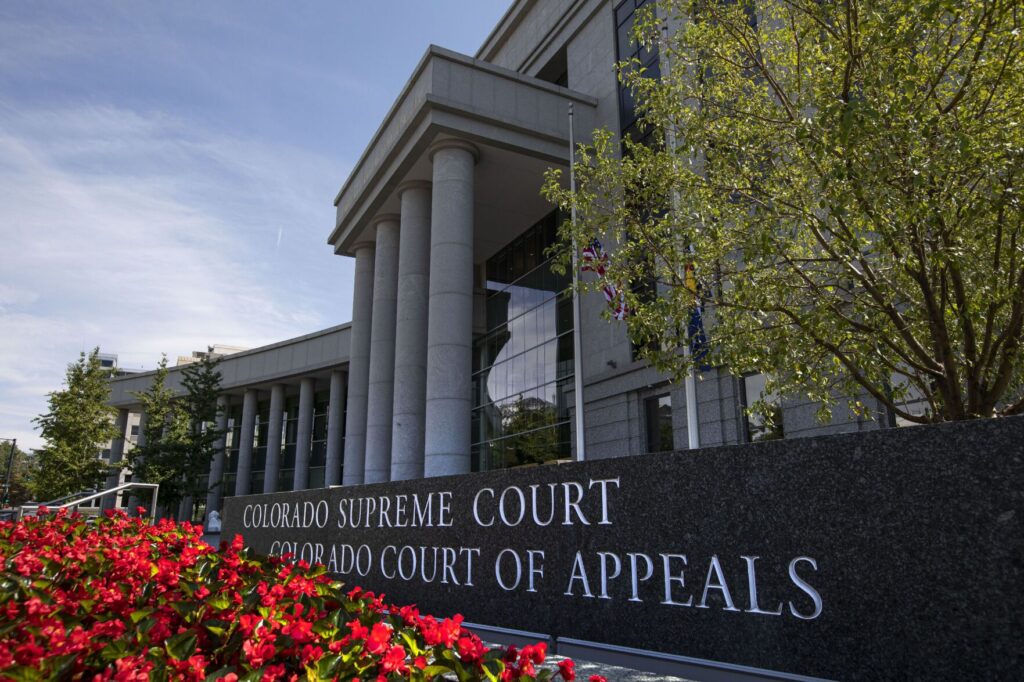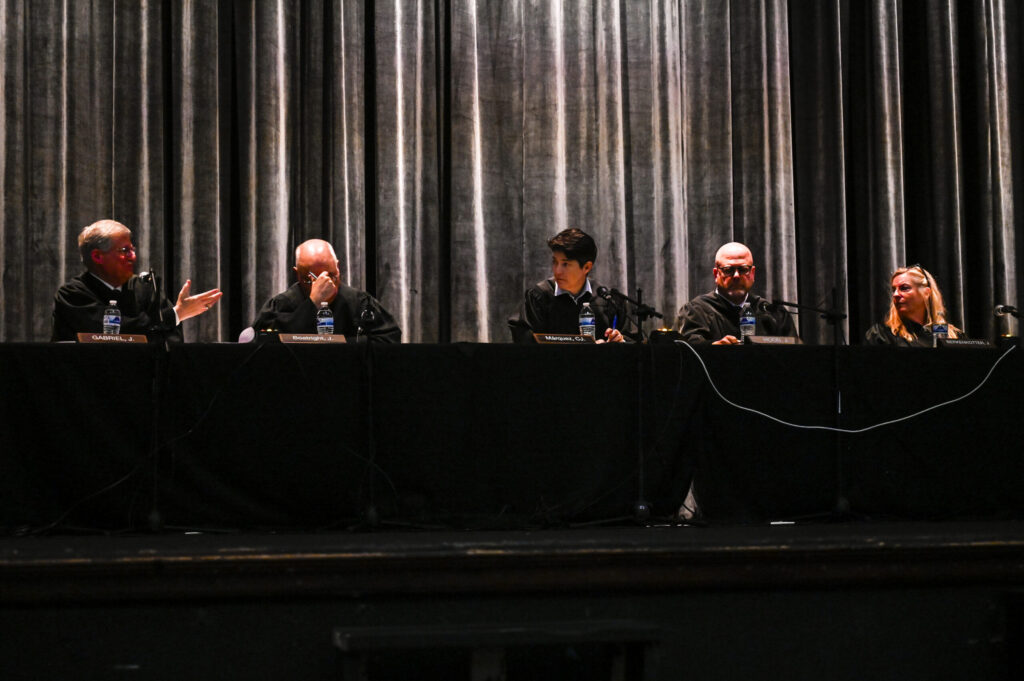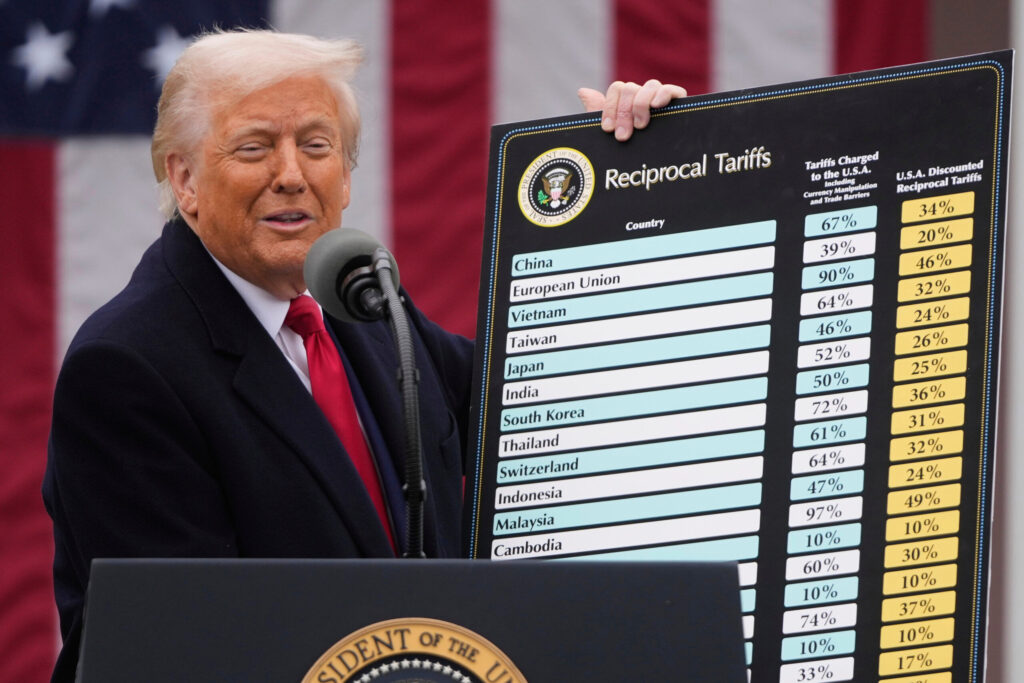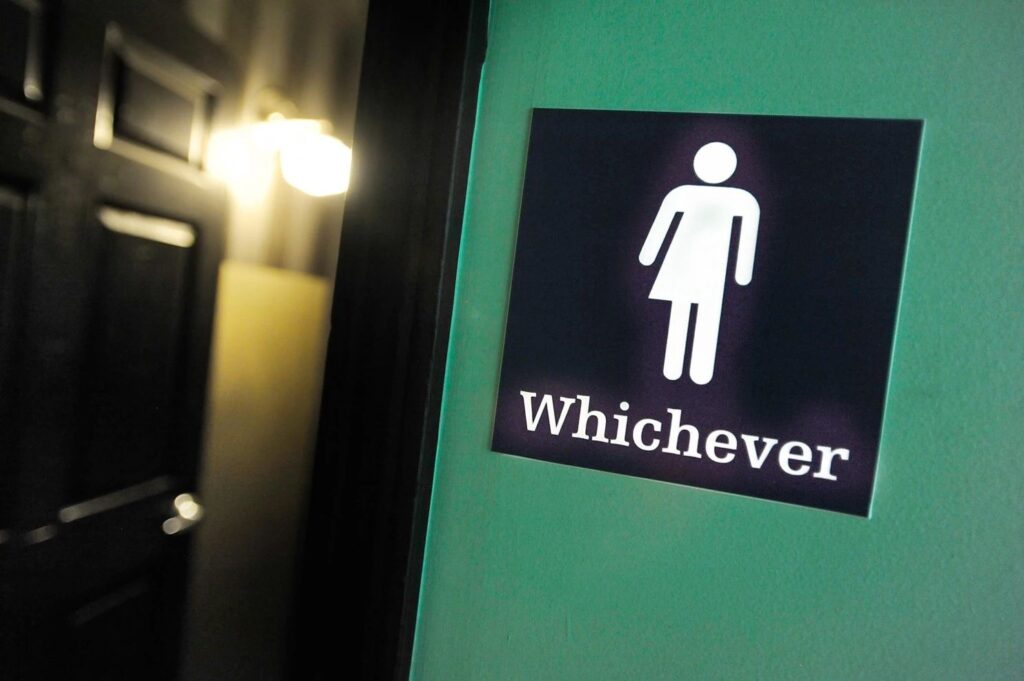New water project would increase supply for Denver residents
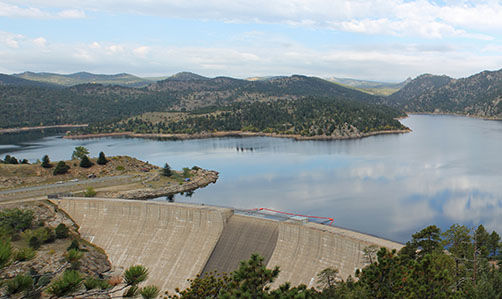
The Front Range is in the midst of a population boom – as more than 100,000 new residents have moved to Colorado within the last year. With that, about 4,500 people a month are relocating to Denver and the metro region.
Creating affordable housing for those new residents, or any housing for that matter, has been a major topic of discussion in Denver. But along with finding places for those new residents to live, there’s another necessity that needs to be addressed: enough water for everyone to use.
With those new and future residents in mind, Denver Water is now one step closer to clearing the final hurdles for a major project that would increase its systems storage capacity in the north by expanding the Gross Reservoir, which is located in Boulder County, but operated by Denver Water. Colorado gave its approval in early July to expand the reservoir to draw more water from the Colorado River, increasing the storage by 77,000 acre?feet or more than 25 billion gallons of water.
The plan, however, needs to be approved by the U.S. Army Corps of Engineers before it can be implemented. A ruling on final approval is anticipated later this year.
Denver Water argues the proposed plan would create a strong supply network in the north of its service area along with increased capacity to address a growing customer base. Opponents, however, believe the increased capacity is not only unnecessary for the city, but also will do irreparable harm to the rivers.
Mike King, chief planning officer with Denver Water, said the project represented extensive work with environmental stakeholders to create a way to address mitigation efforts from the start of the project to continued monitoring after it’s completed.
“This project, as laid out in the state water plan, is the kind of project the state of Colorado needs to look at to close the statewide gaps, and provide water for growth and protect the environment in Colorado,” King said. “We worked our tails off to get support from Western Slope interests, local officials and environmental groups, which historically haven’t been keen on water development projects in Colorado. … That’s the kind of collaboration and cooperation Coloradans need to do to face what could be a difficult water future.”
Both Trout Unlimited and Grand County signed off on the mitigation efforts included in the plan, which described the efforts as being a net benefit to the Western Slope and the rivers. Grand County was concerned about what drawing more water from the Colorado River would do to the Fraser River, a tributary of the Colorado River and a vital part of that area’s ecosystem.
“This package of protections and enhancements, if adopted in the final permit, gives us the best opportunity to keep the Fraser River and its outstanding trout fishery healthy far into the future,” Mely Whiting, a lawyer for Trout Unlimited said in a statement. “This pragmatic agreement underscores the value of a collaborative approach to water planning, one that recognizes the value of healthy rivers. It shows that, working together, we can meet our water needs while protecting our fisheries and outdoor quality of life.”
While Denver Water was able to get support for the project, it’s far from unanimous. ‘Save the Colorado,’ which advocates for protection of the Colorado River, said it is set to dig in its heels and fight if final approval of the plan is granted.
Gary Wockner, executive director of Save the Colorado, said a major reason the project shouldn’t go forward is it’s not necessary, pointing to decreased water usage rates for Denver Water while their customer base increased. He also said it would have major impacts on residents near Gross Reservoir and would do irreparable harm to the river that couldn’t be mitigated.
“The Colorado River already sees 70 percent of its flow diverted before this project, which will push it to 80 percent of the flow,” Wockner said. “It’s ecological devastation to take 80 percent of the water out of a river. It dramatically impacts the fish, species, wetlands and the wildlife that uses the river, and the forest along the river. It just turns a river into a ditch.”
Wockner said instead of diverting the river, Denver Water should focus heavily on conservation with its own system and customers and working with agricultural users on ways to keep Colorado from running dry.
“Anyone who thinks this isn’t a big deal, you do not live around the river in Grand County and not near the reservoir in Boulder County. You’re not speaking for people impacted. We’re representing the people who are impacted and we speak for that which can’t speak for itself. The river doesn’t have the ability to speak up,” Wockner said.
While King acknowledged there would be impacts on those living near the reservoir as construction occurred during the years of work, Denver Water had worked extensively with neighbors to address concerns and mitigate where it could.
“The folks who are maybe still in position aren’t in tune to the particulars of this project,” King said. “Going forward these decisions will be tougher and tougher. At some point there will not be a way to make it a net positive because there won’t be enough water to mitigate in other areas.”
Denver Water has made great strides with its own operations and with customers on conservation efforts, King said. But even with those efforts, using an existing storage facility to increase storage is not the most environmentally and economically sensible step Denver Water can make at this time, he said.
And one that it won’t likely be able to make in the future. There’s only so many current reservoirs, such as Chatfield Reservoir, that can be expanded to increase storage. As those opportunities dry up, King said the decisions on water storage projects will become harder and harder to make as the environmental impact outweigh any mitigation efforts that could take place.
“Going forward the decisions will only get harder. But we’re in a sweet spot with this project,” King said. “This is a unique point in time to make things better. Not all water projects will have the same ability to mitigate environmental impacts.”



